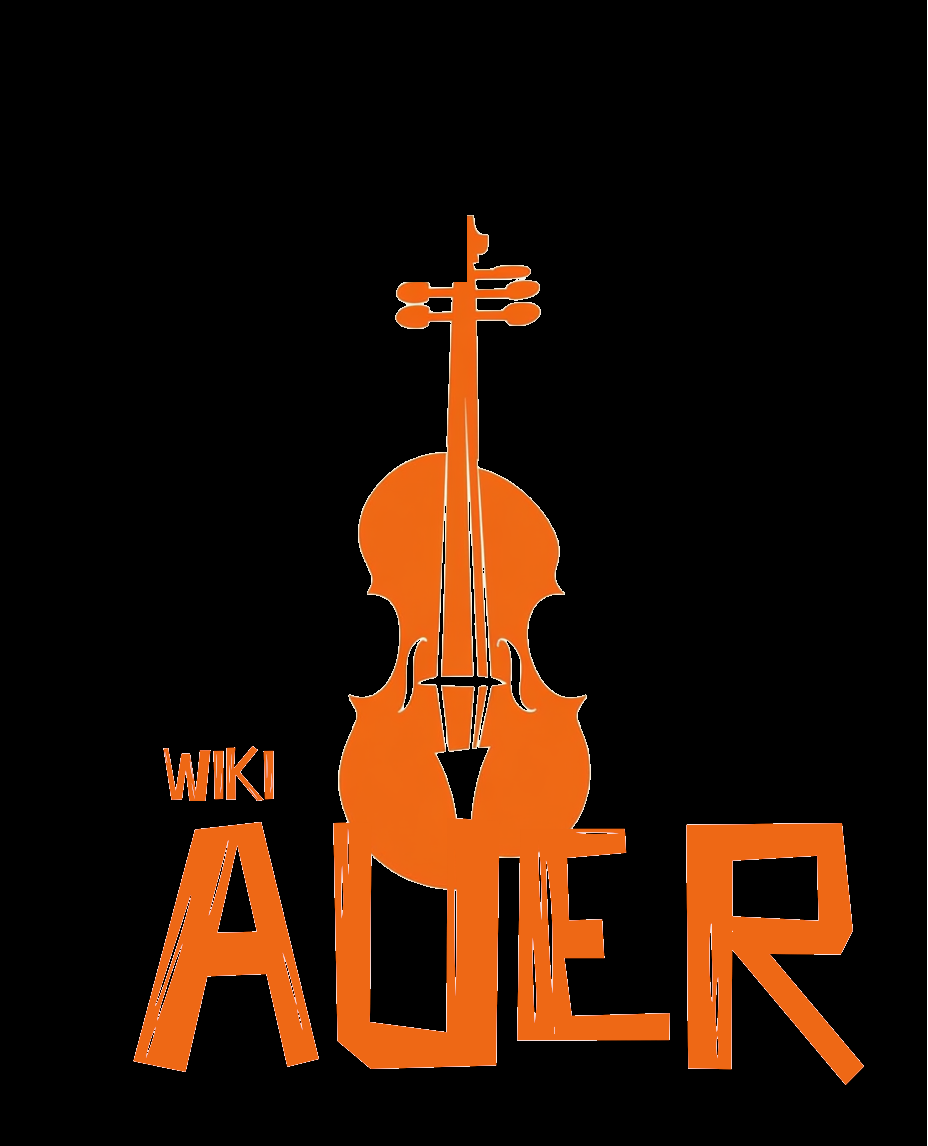Modeling Personalized Difficulty Of Rehabilitation Exercises Utilizing Causal Trees
Can exercise reverse Alpha-1 related lung disease? However, moves method best mobility training program toolkit this course of is constrained by the expertise of users and already found metrics within the literature, which might result in the discarding of useful time-collection data. The data is subdivided for better readability into certain capabilities in reference to our providers. As the world’s older population continues to develop at an unprecedented charge, MovesMethod reviews the current provide of care suppliers is insufficient to meet the current and ongoing demand for care companies dall2013aging . Important to notice that while early texts were proponents of upper volume (80-200 contacts seen in table 1-1) (4, 5), more present texts are likely to favor diminished volume (25-50 contacts)(1, 3, movesmethod reviews 6, 7) and place larger emphasis on intensity of patterns as effectively because the specificity to the sport of the patterns to mirror gameplay. Vanilla Gradient by integrating gradients along a path from a baseline input to the precise enter, offering a more complete function attribution. Frame-stage ground-truth labels are solely used for training the baseline frame-stage classifier and MovesMethod reviews for validation purposes. We make use of a gradient-based technique and a pseudo-label selection technique to generate frame-degree pseudo-labels from video-stage predictions, which we use to train a body-level classifier. Because of the interpretability of information graphs (Wang et al., 2024b, c, a), each KG4Ex (Guan et al., movesmethod reviews 2023) and KG4EER (Guan et al., 2025) employ interpretability by way of constructing a knowledge graph that illustrates the relationships among knowledge ideas, college students and workouts.
Our ExRec framework employs contrastive learning (CL) to generate semantically meaningful embeddings for questions, solution steps, and data ideas (KCs). Contrastive studying for joint health with movesmethod solution steps. 2) The second module learns the semantics of questions utilizing the solution steps and KCs through a tailored contrastive learning goal. Instead of using normal-goal embeddings, CL explicitly aligns questions and solution steps with their associated KCs while mitigating false negatives. Although semantically equivalent, movesmethod reviews these variants could yield different embeddings and be mistakenly treated as negatives. People who have mind and nerve disorders might even have issues with urine leakage or bowel management. Other publications in the field of automated exercise analysis encounter similar problems Hart et al. All contributors have been instructed to contact the study coordinator if they had any problems or concerns. H3: Over time, members will improve their engagement joint health with movesmethod the exercise within the embodied robot situation more than within the chatbot condition.
Participants have been informed that CBT exercises must be completed daily mobility routine and were despatched day by day reminders to finish their workouts all through the study. On this work, MovesMethod reviews we present a framework that learns to classify particular person frames from video-stage annotations for actual-time assessment of compensatory motions in rehabilitation workout routines. In this work, we propose an algorithm for error classification of rehabilitation workouts, thus making the first step toward extra detailed feedback to patients. For video-degree compensatory movement assessment, an LSTM completely trained on the rehabilitation dataset serves as the baseline, configured as a Many-to-One mannequin with a single layer and a hidden size of 192. The AcT, SkateFormer, and Moment fashions retain their authentic architectures. Both strategies generate saliency maps that emphasize key frames relevant to compensatory movement detection, even for unseen patients. This strategy permits SkateFormer to prioritize key joints and frames for action recognition, effectively capturing complex compensatory movements that can differ throughout tasks.
Consider a monitoring system that screens VV key points (joints) on a person’s physique. We will adapt this identical concept to analyze human movement patterns captured by skeletal tracking. A extra detailed analysis, which not only evaluates the overall high quality of movement but additionally identifies and localizes specific errors, would be highly beneficial for both patients and clinicians. Unlike previous methods that focus solely on offering a high quality rating, our strategy requires a extra exact mannequin, thus we utilize a skeleton-based transformer model. KT model equivalently represents the state of the RL environment in our ExRec framework (particulars in Sec. We are the first to deal with this challenge by allowing the KT mannequin to instantly predict the knowledge state at the inference time. Figure 2: Percentage of High Evaluative Intimacy Disclosures by Condition Over Time (prime) Boxplot illustrating the median and interquartile vary of the distribution throughout conditions on the first and Last Days (backside) Line plot depicting the mean percentage of disclosures over time by condition, with non-parallel developments suggesting a potential interplay impact. Additionally, to deal joint health with movesmethod the lengthy-tailed scholar distribution downside, we suggest a pupil representation enhancer that leverages the wealthy historical learning file of energetic students to enhance general efficiency.
